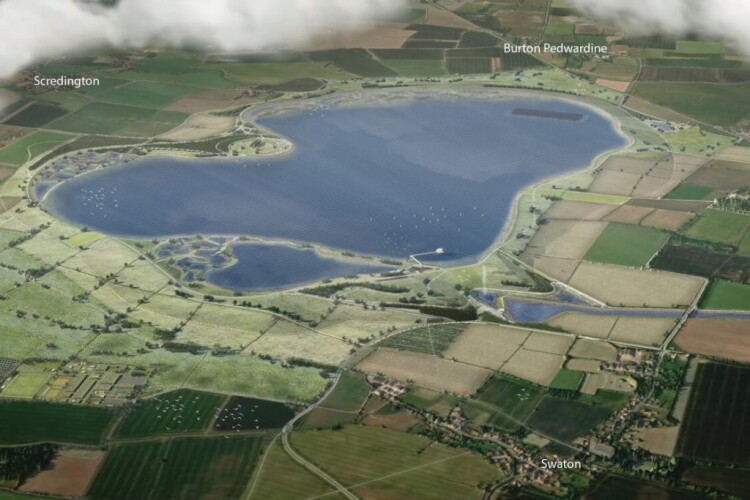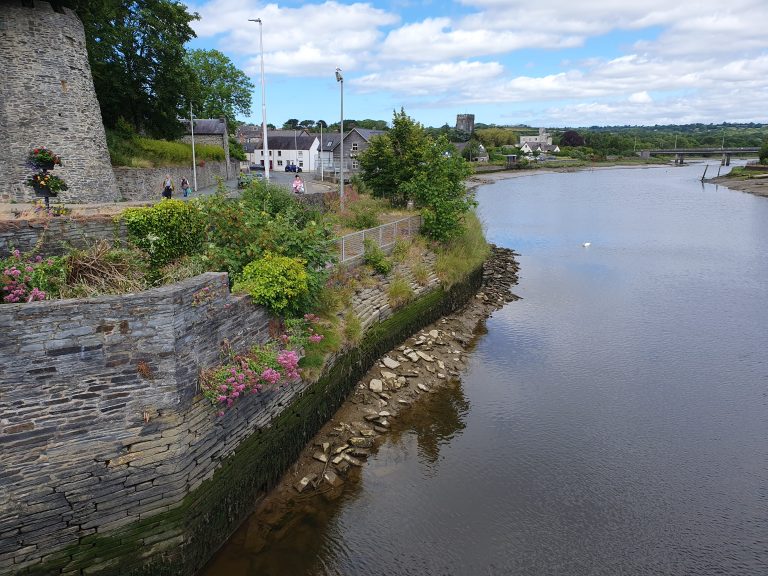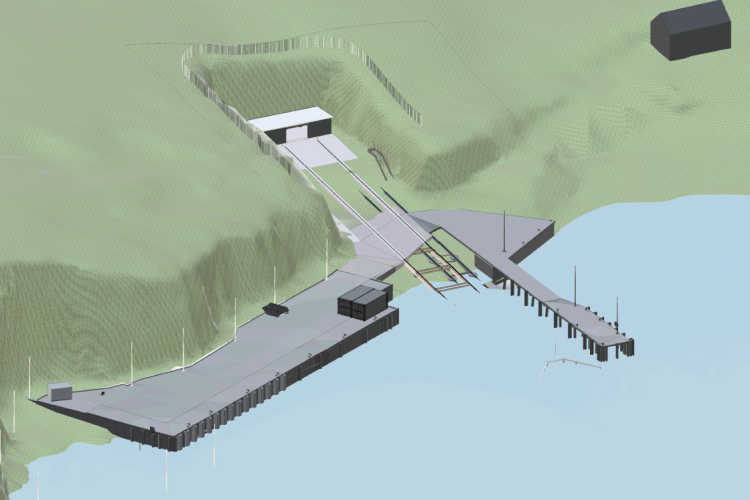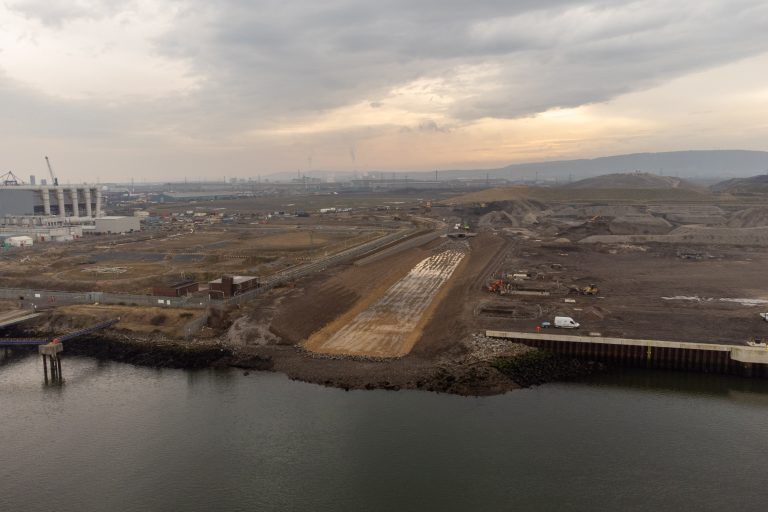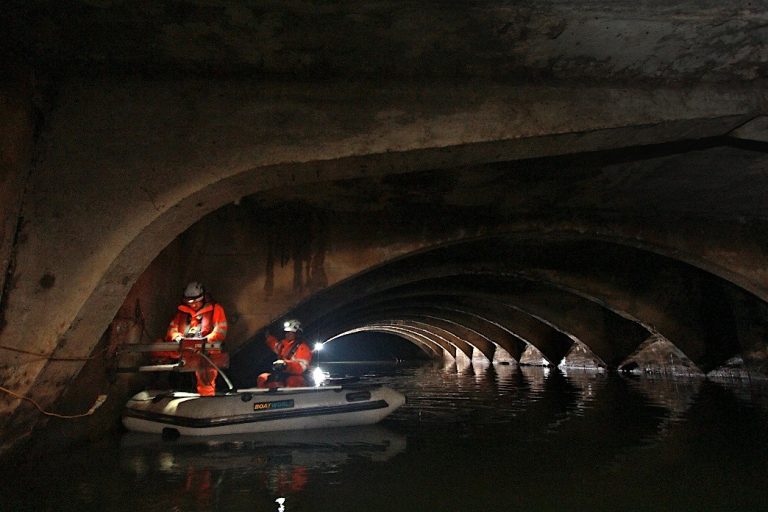The Ofwat Innovation Fund will double to £400 million to support projects that could transform the water sector to meet and solve the many challenges it faces. Established in 2020, the original £200 million Ofwat Innovation Fund has been awarded to collaborative projects which see water companies working with promising innovators from across different sectors and around the world to develop and deploy solutions to the water sector’s biggest challenges. Today’s announcement will extend the fund for a further five years to 2030. The fund was highlighted by the Chancellor of the Exchequer following a meeting of UK regulators on 16 January as one of a number of promising ways in which regulators are supporting the Government’s plan for economic growth. Investment expenditure is set to quadruple over the next five years as part of a wider £104 billion plan for the sector. Helen Campbell, Senior Director for Sector Performance, Ofwat, said: “There’s no question that the water sector faces many urgent challenges – reaching net zero emissions, ending the overuse of storm overflows, preventing leaks, and adapting to the impact of climate change – all while ensuring customers are properly served and enabling economic growth. Our £400m commitment to continued investment in innovation will support highly collaborative projects to develop and deploy solutions to these enormous challenges. While the first five years championed nascent technologies and new approaches to demonstrate their future potential, the next five years must see them scale and deliver a lasting and beneficial impact for customers, society and the environment”. Through multiple competitions (four Water Breakthrough Challenges, the first Water Discovery Challenge – plus the pilot Innovation in Water Competition in 2020), the fund has so far supported 93 projects involving more than 240 partners, including water companies, universities, environmental charities, local governments, civil society organisations and other utilities. The fifth Water Breakthrough Challenge is underway and the winners will be announced in Spring 2025. Previous winners have included robots that spot cracks from inside pipes, seagrass restoration projects, citizen science initiatives, partnerships to help communities adapt to increased rainfall and new ways to process sewage sludge to destroy forever chemicals. The funding for the next five years will see further annual Water Breakthrough Challenges, focused on innovative ideas from consortia led by water companies, and at least two more Water Discovery Challenges, seeking groundbreaking ideas to revolutionise the water sector from companies outside the industry. It will also introduce three new funding streams to support the implementation and scaling of successful innovations, solutions which require collaboration across the entire sector, and challenges across other sectors. The water sector must transform its environmental impact whilst encouraging growth, and innovation is crucial to end the overuse of storm overflows, cut greenhouse gas emissions and reduce leaks. It must innovate to continue improving services for customers, provide value and meet the high standards that the public demands. Collaboration is at the core of the innovation fund – it fosters new thinking and new approaches to develop effective solutions that are fit for the future. The Ofwat Innovation Fund will be delivered by innovation prize experts, Challenge Works (a Nesta enterprise), in collaboration with Arup and Isle Utilities. Natalie Wadley, CEO of ChangeMaker 3D, a partner in Water Breakthrough Challenge 3 winning project, Water Industry Printfrastructure, said: “The Ofwat funding has quite simply been game changing for both our company and the development of Printfrastructure as a positive impact for the UK water sector. The funding has unlocked new jobs for our business, five new products, a patented design and a significant opportunity to add value in the next five years. We are incredibly proud to work alongside all of the project partners, United Utilities, Scottish Water and Print City, in what has been the most trailblazing project to date. This project has truly delivered several UK firsts, pushed all of the technology boundaries and demonstrated how we can return tangible value to water customers.” Paul Lavender, UK Water Utilities Director at Royal HaskoningDHV, a partner in Water Breakthrough Challenge 4 winning project, Biopolymers in the Circular Economy, said: “As a technology provider, we highly value this centralised innovation funding approach for its role in supporting the development of large, impactful projects. We’ve witnessed strong collaboration among partners who share a unified vision to address major industry challenges, effectively bridging gaps across the supply chain. We’re excited about the next steps, as engagement with the water company project partners and widespread industry dissemination will help us to develop new opportunities.” Professor Ana Soares from Cranfield University, a leader and partner on multiple Ofwat Innovation Fund winning projects, including Water Discovery Challenge winner, Innovative Coagulant Free Phosphorus Removal Technology, said: “Having participated in three Ofwat Innovation Fund challenges, I have witnessed firsthand how the programme nurtures collaborative innovation, transformative projects addressing strategic challenges, and the introduction of fresh perspectives from new innovators. The programme is inclusive, supporting every stage from the conception of new ideas to their practical implementation. It supports ambitious projects that address long-term challenges such as climate change, resource efficiency, and resilience, while embracing inclusivity, leveraging leading-edge technologies and services, and ensuring tangible benefits for customers, communities, and the environment.” To find out more about the Ofwat Innovation Fund and its previous winners, visit waterinnovation.challenges.org Building, Design & Construction Magazine | The Choice of Industry Professionals
